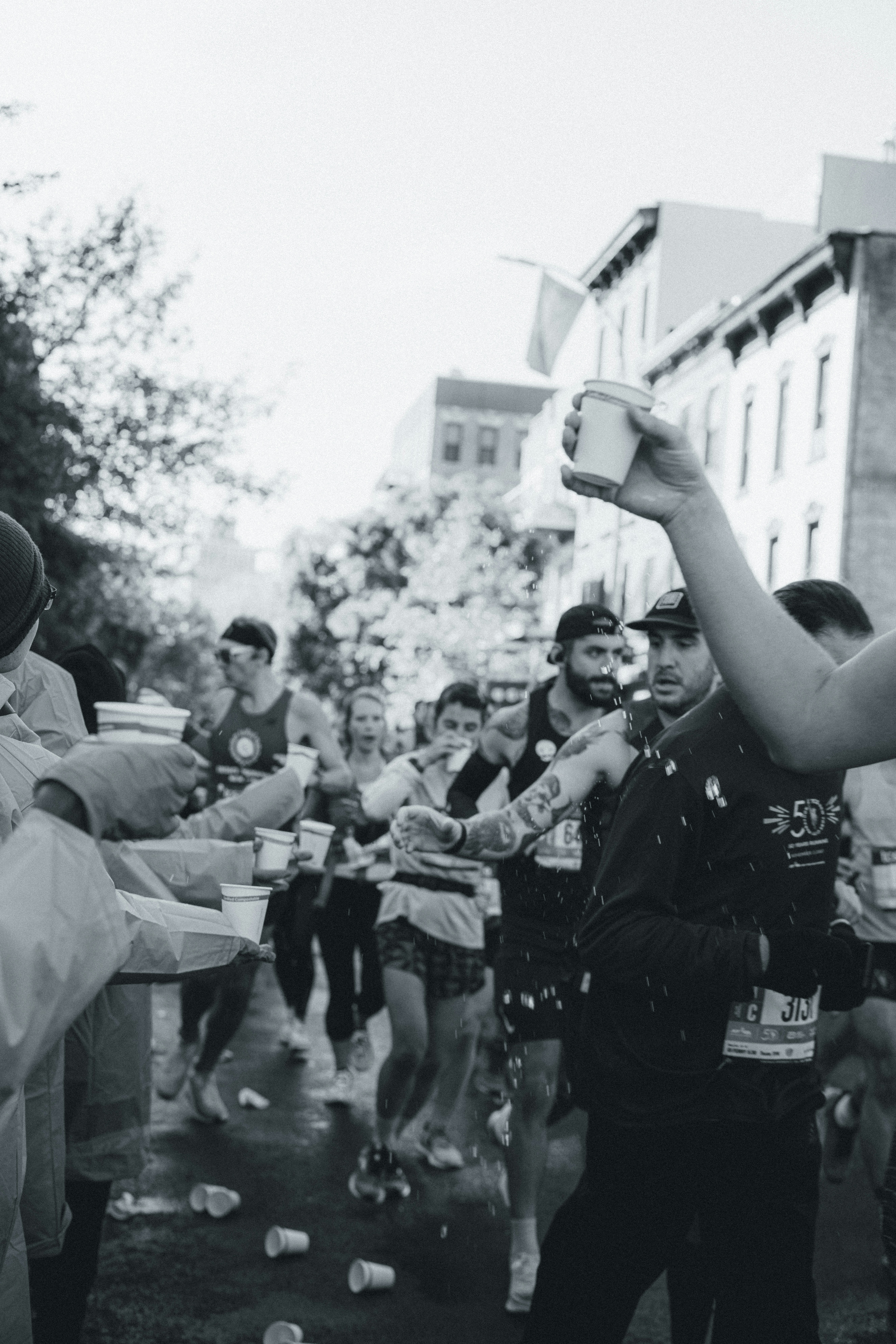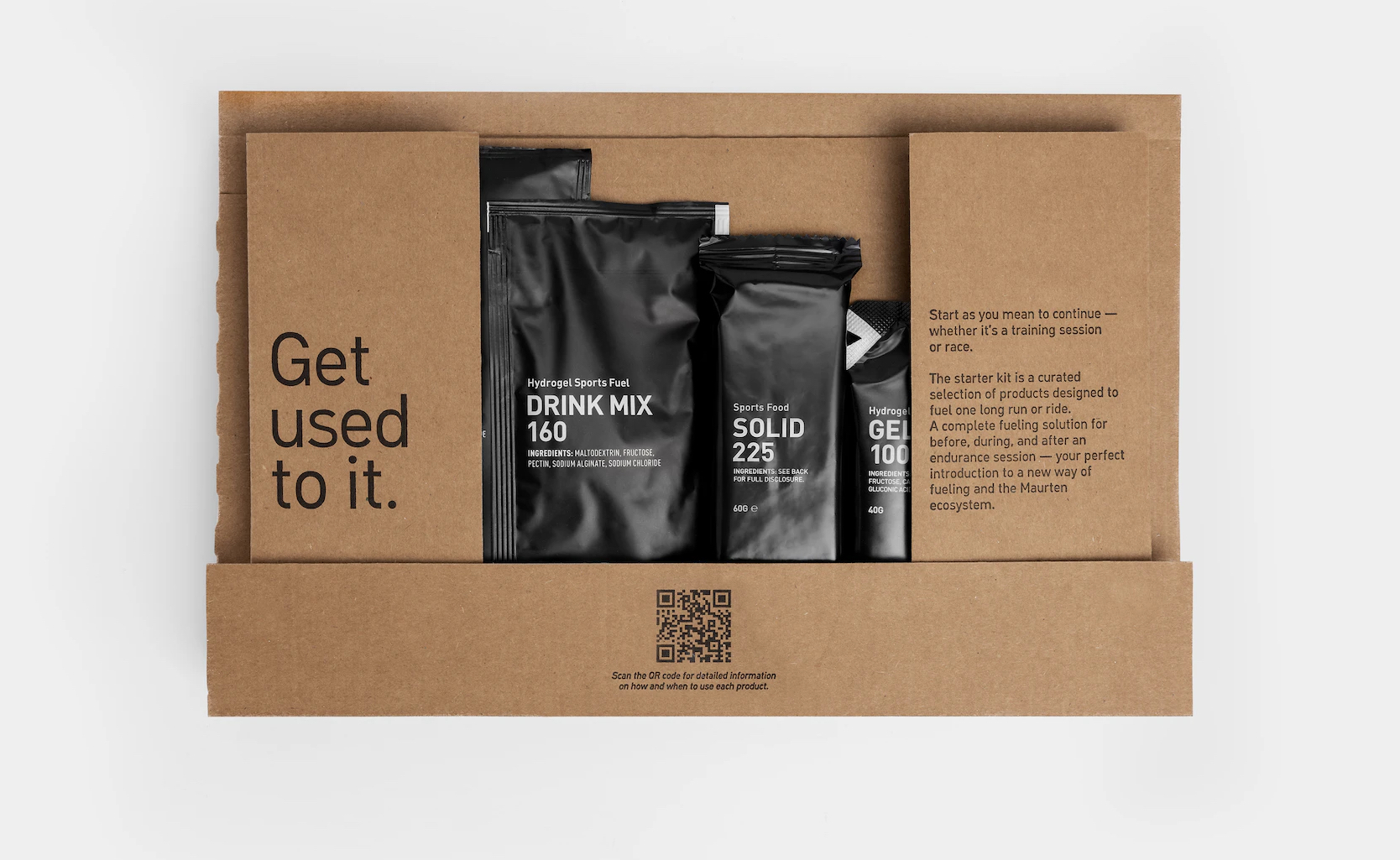
With spring marathon training in full swing, now is the time for marathon runners to carefully plan their marathon fuelling strategy.
But what exactly is fuelling? If this is your first marathon this can all seem a little overwhelming. Everyone is different – what proves effective for an influencer on TikTok may not necessarily work for you.
So let’s break it down – Why does it matter, and how can a tailored approach enhance your marathon experience?
Marathon fuelling: Imagine your body as a car
Imagine your body is like a car, and running a marathon is like a long road trip. Just like a car needs fuel to keep going, your body needs energy to run a marathon.
When you run, your body uses up a lot of energy, and you need to replenish that energy to keep moving forward. This is where fueling comes in. Just like you fill up your car’s fuel tank before a road trip, you need to give your body the right “fuel” to keep it going during a marathon.
Leading up to the marathon, figure out what fuel your body prefers. Some people opt for energy gels, others for sports drinks, and some may choose energy bars. It’s like trying out different snacks to see which tastes the best and makes you feel good.
Imagine a little fuel gauge in your body, and every time you run, that gauge goes down. Fuelling during the marathon helps keep that gauge from hitting empty. If you run out of energy, it’s like the car running out of diesel – you might have to stop or slow down, and we don’t want that!
So, by figuring out what kind of fuel your body likes and practising with it during your training runs, you’ll be all set to have enough energy to finish your marathon strong. It’s like giving your body the right snacks to keep it happily running along. Remember, everyone is different, so find what works best for you, and you’ll be well on your way to crossing that finish line with a smile!

Additional tips for marathon fuelling:
- Timing is key: Experiment with the timing of your fuel intake during training. Some runners prefer a consistent schedule, while others a more intuitive approach. Pay attention to when you start feeling fatigued and adjust your fuelling strategy accordingly. Remember that consistency is key, especially on race day.
- Stay hydrated: Proper hydration is essential for marathon success. Develop a hydration plan that complements your fuelling strategy. Practice drinking during your long runs and find the balance that keeps you adequately hydrated without causing discomfort. Dehydration can lead to fatigue and performance decline, so prioritise fluid intake.
- Maurten: My personal preference for gels is Maurten. Maurten is renowned for its hydrogel technology, that ensures a controlled and efficient delivery of energy to power you through those long runs, without any digestive discomfort. Because, let’s be honest, none of us want that!
They offer a Starter Kit of products so you can check if it works for you without committing to a big box. - Consider real food: While energy gels are convenient, some runners use food alternatives. Experiment with easily digestible options like bananas, energy bars, or homemade snacks. Real food can provide a welcome change and might be easier on your stomach during the later miles of a marathon.
- Practice makes perfect: As you approach your longest training runs, simulate race-day conditions, including your fuelling strategy. Practice using the same products and timing you plan to implement on marathon day. This will help you identify any issues and build confidence in your chosen approach.



